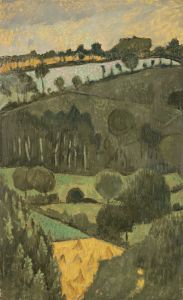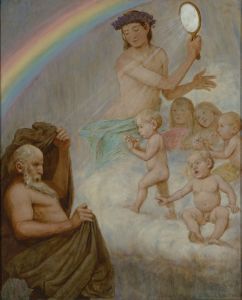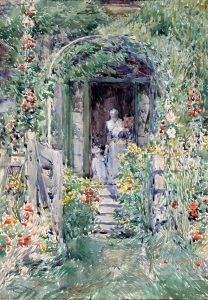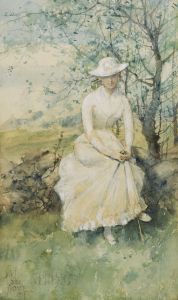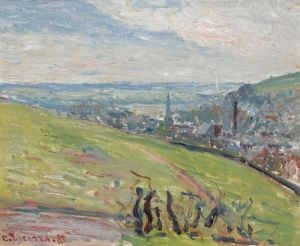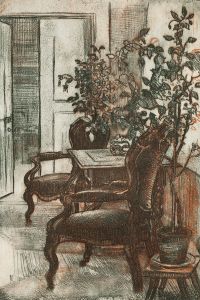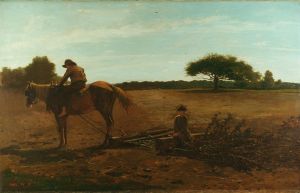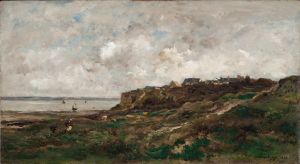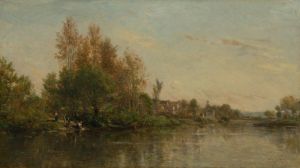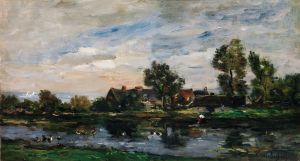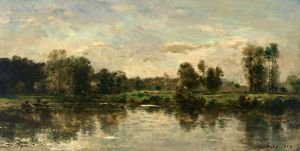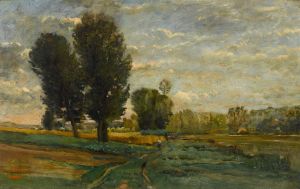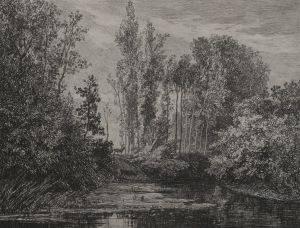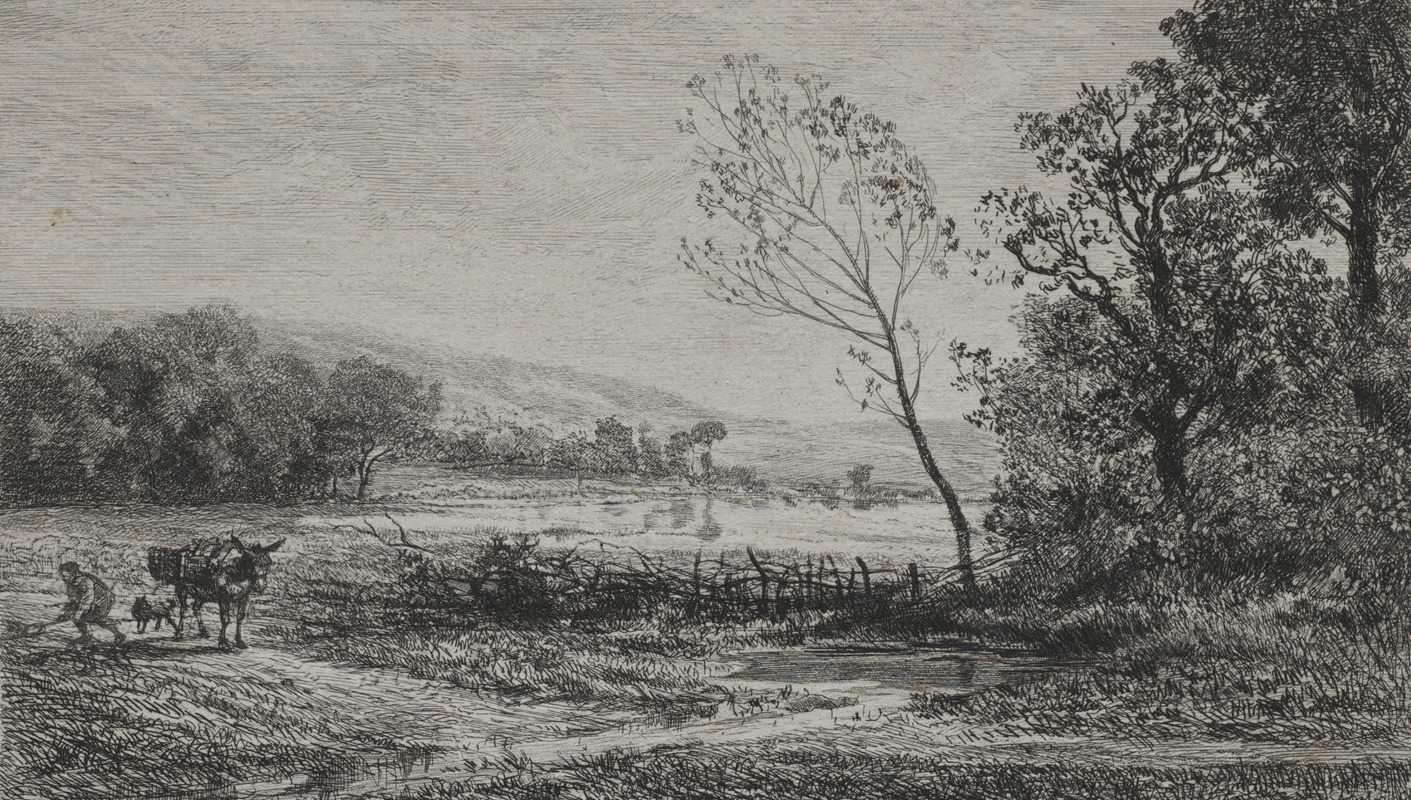
Autumn
A hand-painted replica of Charles François Daubigny’s masterpiece Autumn, meticulously crafted by professional artists to capture the true essence of the original. Each piece is created with museum-quality canvas and rare mineral pigments, carefully painted by experienced artists with delicate brushstrokes and rich, layered colors to perfectly recreate the texture of the original artwork. Unlike machine-printed reproductions, this hand-painted version brings the painting to life, infused with the artist’s emotions and skill in every stroke. Whether for personal collection or home decoration, it instantly elevates the artistic atmosphere of any space.
Charles François Daubigny, a prominent French landscape painter of the 19th century, is widely recognized as one of the key figures of the Barbizon School and a precursor to Impressionism. His painting Autumn reflects his deep connection to nature and his innovative approach to landscape art. While specific details about the creation of Autumn are limited, the work is emblematic of Daubigny’s style and artistic philosophy.
Daubigny was known for his plein air (outdoor) painting technique, which allowed him to capture the transient effects of light and atmosphere with immediacy and authenticity. This approach is evident in Autumn, where the artist skillfully portrays the seasonal changes in the landscape. The painting features a harmonious composition, with warm, earthy tones that evoke the essence of autumn. Daubigny’s use of loose, fluid brushstrokes and his focus on naturalistic detail demonstrate his departure from the more formal and idealized landscapes of earlier traditions.
Throughout his career, Daubigny often depicted rural scenes, rivers, and forests, drawing inspiration from the French countryside. His works, including Autumn, frequently highlight the interplay between light and shadow, as well as the subtle variations in color that define different times of day and seasons. These qualities align with the broader goals of the Barbizon School, which sought to depict nature with sincerity and emotional resonance.
Daubigny’s influence extended beyond his own work, as he played a significant role in shaping the development of modern landscape painting. His innovative techniques and emphasis on direct observation inspired younger artists, including Claude Monet and other Impressionists. Paintings like Autumn exemplify the transition from the Romanticism of the early 19th century to the more spontaneous and light-focused aesthetics of Impressionism.
The exact location of the scene depicted in Autumn is not definitively documented, but it is consistent with the types of landscapes Daubigny frequently painted in regions such as the Oise Valley. His ability to convey the mood and atmosphere of a specific season has made works like Autumn enduringly popular among art enthusiasts and collectors.
Today, Autumn is appreciated as a testament to Daubigny’s mastery of landscape painting and his contributions to the evolution of modern art. The painting is housed in a museum or private collection, where it continues to be studied and admired for its artistic and historical significance.





